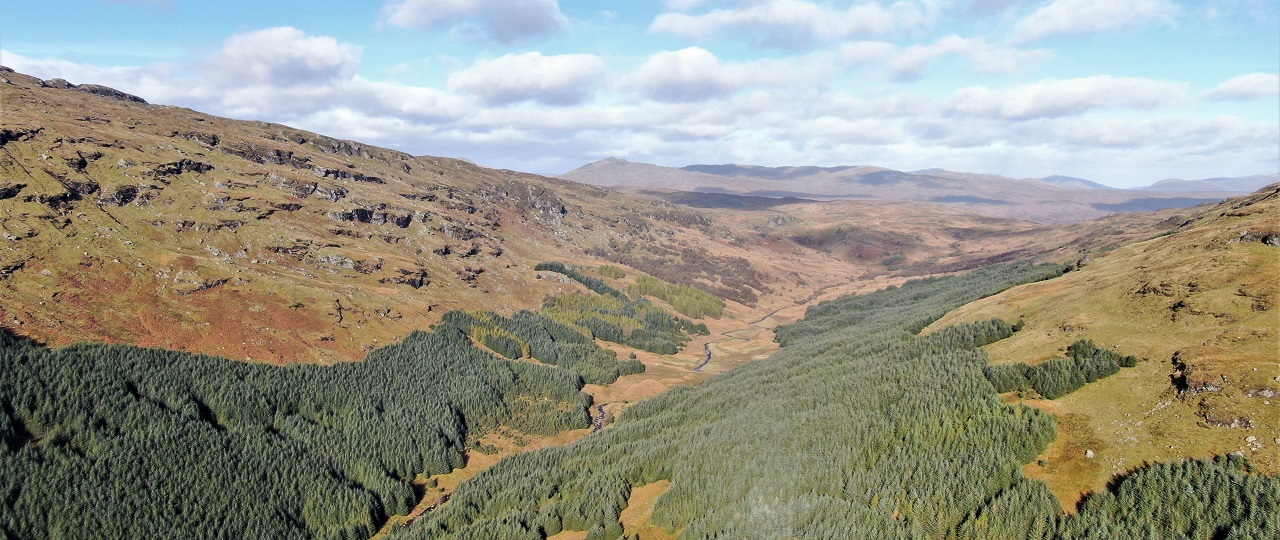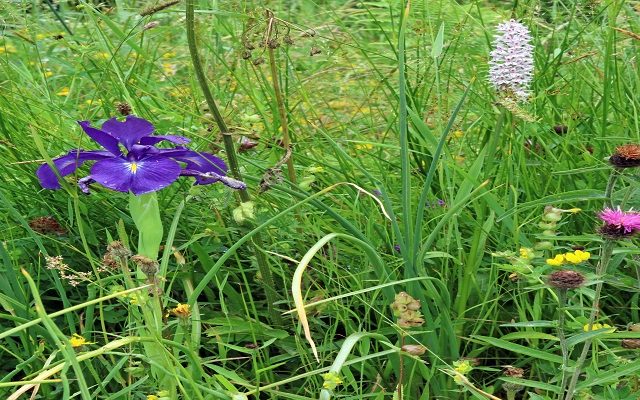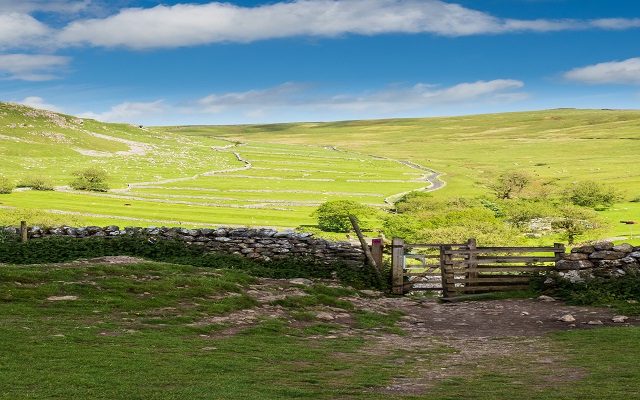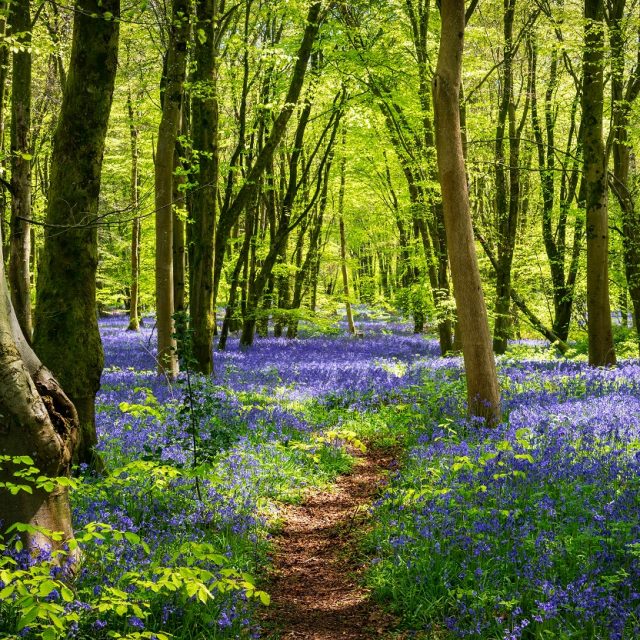
Forest Market Review 2022
Forestry investment market hits record high, but global factors begin to bite.
Our analysis offers new insight into the changing dynamics of the commercial forestry market.
The total value of the forestry investment market hit a new record in 2022, although there are signs that global events have started to introduce more caution into the marketplace than has been seen in recent years.
John Clegg & Co’s Forest Market Review 2022 highlights that activity levels remain high within the commercial forestry market, but over the past six months buyers have started to become more selective.
“Our analysis of the commercial forestry sector shows that £219 million-worth of plantations traded in the 2022 calendar year, compared with £199 million in 2021,” says Alex Brearley, Head of Forestry.
“However, lower timber prices, higher interest rates and inflation all mean that investors have started to be more circumspect about their purchases, with the market becoming more nuanced as a result.
“The 2022 market continued to see examples of very high prices being paid for large, young, second rotation woodlands. Such sales were characterised by very high growth rates, good infrastructure and easy access to markets.
“In contrast, falling timber prices resulted in a drop in prices for less attractive, more mature woods where timber sales were imminent. There are plenty of investors with money to spend on woodland, but it has to be on the right product.”
The report showed that the average sold price per stocked hectare fell back on 2021 levels, with more cautious pricing becoming prevalent as the year progressed.
Forests sold for an average of £20,800 / stocked hectare which is 22% lower than in 2021.
However, it is important to note that 2021 was a particularly extraordinary year for the sector when supply was tight and a small number of exceptional properties sold for very high values pushing average prices up by 83%.
This means that the fall in average price is at least in part due to the difference in population of forests between the two years.
“Our valuers’ view is that if the forests sold in 2021 were resold now, they would not sell for less money,” says Simon Hart, Head of Forestry in Scotland. “The difference in the average sale price is therefore due to quality and location, rather than a fundamental change in price.”
The report shows that 59 forests were sold in Great Britain during the 2022 calendar year, which is more than during 2021 but slightly below the five-year average.
Scotland took its normal place as the principal area of activity with well over 90% of all sales taking place north of Hadrian’s Wall.
The average asking price / hectare was over £15,000 for the first time on record, and over £18,500 / stocked hectare. The majority of forests sold for above their asking price.
56% of forests sold within six months of being marketed, slightly below the five-year average, but still a sign of the continuing strong demand for forestry as an asset class.
Looking forward, Mr Hart says he is cautiously optimistic about the outlook.
“There is an abundance of buyers looking for commercial plantations, in a market lacking supply. The total value of investment in 2022 was £219 million, but there was at least the same amount of capital available to invest in forestry that could not be placed during the year.
“We continue to see an intrinsic link between timber prices and plantation values, and demand for good quality existing plantations remains as strong as ever. It is also anticipated that timber prices will rise slightly in 2023, supporting the returns that plantations can generate from timber sales and bolstering confidence in plantations as an asset class.”
Other key findings in the report:
- There is some evidence that commercial planting land prices have fallen quite significantly in the past 6 months. However, the data is limited and so it is not yet clear where the market has landed. This probably reflects changes to the rules on eligibility for carbon credits for commercial forestry schemes, higher interest rates and the challenges of securing permission to plant.
- Interest in carbon sequestration and biodiversity gain continues to drive wider interest in the forestry sector, but very few of the commercial woodlands traded in 2022 had a carbon angle, and wider biodiversity is yet to be monetised.
John Clegg & Co is the specialist forestry arm of Strutt & Parker.





